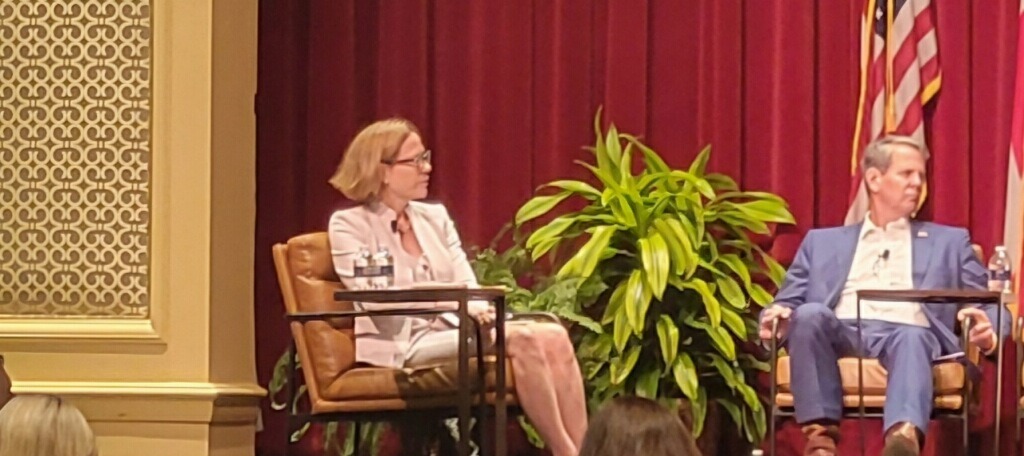Much has been discussed lately how close we may be to a recession. This week, one of the major signs of trouble according to precedent from previous economic crises came in the form of the inverted yield curve.
Yield is usually the return that you hope an investment gives you in return for your risk-taking, but ultimately charts are showing that putting faith in bonds out in the long-term, say 10-year U.S. treasury bond, for example, does not pay you more than the short-term investment into a 2-year treasury bond. Ultimately, in order to interpret darkness in this measure of financial instruments, we need to see the larger picture.
When investors purchase a country’s debt in the form of treasury bonds, they are essentially saying that it is worth holding as an asset of appreciation the idea of a country’s ability to grow and pay out its obligations. The yield of the longer-term bond should have a higher return than a short-term because an investor believing that an economy can grow, also believes that inflation will go up and thus wants a higher yield to offset the level of prices increasing. If investors look at bond yields as appropriate because economic conditions merit faith, the yield curve is up and thus a sign things are on the right track. A flat curve means no return and inversion is a sign that long-term growth could be under threat and thus no faith in inflation, no faith in the bond market, perhaps economic gloom & doom.
Primarily, we have to embrace and realize the factors behind such lack of faith and manifestation of concern in current financial charts. For a while now, inflationary growth has failed to meet Federal Reserve expectations, especially when tied to the theory of low unemployment resulting in higher price levels, because we have had low unemployment yet stagnant inflation since the Fed started actively intervening to recover from the financial crisis of 2008.
Why is inflation so important?
In basic economic terms, prices go up as the demand for a good and service grow. That increase in prices is the very motivator that drives others to participate in the market, thus producing more, competing, getting a slice of a growing economy as demand goes up. As of right now, price dynamics are changing because if you notice, you’re being advertised all kinds of products constantly based on your digital feedback, yet the discount offers don’t seem to stop. Since producers are aware, many have gone into maintaining prices low and competitive by reducing the quality of their product and make more of it. In the middle of a trade war, these dynamics get riled up even more and it becomes a difficult exercise to gauge how much progress can be made down the line when barriers to trade/higher costs come in the form of tariffs.
The economic outlook is uncertain and based on some interpretations, quite worrisome. Thus the inverted yield curve does more than just confusing, it signals that even the more advanced market participants see dire financial conditions developing that create a sense of risk-aversion which could certainly propel a recession. Industrial Production is contracting globally since long term decisions are harder to make when nations engage in economic discord. Disagreement at the moment between administrations of the world’s two largest economies foments fear and diversion to other safer assets since it seems the health of bonds does not guarantee a positive value. The U.S. is one of the few places you can count on for yield, for some return, but its consistency and stability are under scrutiny.
As far as our FX forecasts are concerned, we continue to see negativity playing against the greenback as the Fed maintains an easing stance required to stomach the trade war effects. The ten-year winning streak that has resulted in a 25.0% appreciation can come crashing if indeed we head to towards more difficult times with activity compromised.








Leave A Comment